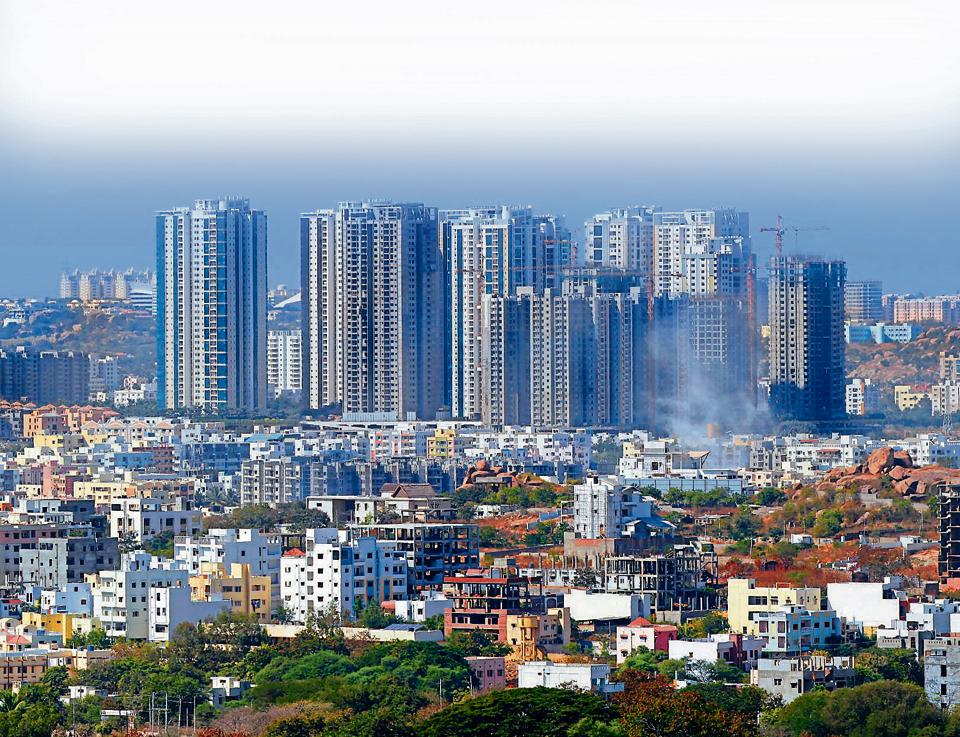Hyderabad is India’s second most expensive city to live in, next only to Mumbai, based on the percentage of income that people have to spend for paying EMIs on home loans, according to a new report released by property consultancy firm Knight Frank India.
The report has estimated that an average household in Hyderabad ends up spending a whopping 31% of its income on paying EMIs for home loans taken from banks or financial institutions.
Delhi-NCR is ranked at the third spot, as residents of the National Capital Region have been estimated to shell out 30% of their income to pay EMIs on home loans.
Interestingly, Ahmedabad is the most affordable Indian city to live in where an average household needs to pay 23% of its income as EMIs for home loans.
Chennai comes in the fourth position with an EMI-to-income ratio of 28%, followed by Maharashtra’s Pune where an average household has to pay 26% of their income as EMIs for home loans.
Kolkata has been ranked on a par with Pune with the same 26% ratio.
The most expensive housing market is Mumbai as the home loan EMI to income ratio is a whopping 55%, which means that an average household has to pay more than half of its income as EMIs if they have taken a home loan.
The Knight Frank Affordability Index indicates the percentage of income that a household requires, to fund the monthly instalment (EMI) of a housing unit in a particular city.
An EMI/Income ratio over 50% is considered unaffordable as it is the limit beyond which banks rarely give loans.
The index has been compiled assuming a loan term of 20 years, a loan-to-value ratio of 80% and a fixed house size across cities.
Over the last 1 year, living in these cities has only become more expensive. These EMI-to-income ratios across cities have gone up around 1-2 percentage points. The RBI’s hike in key lending rates have been increased by 2.5% since last year




















